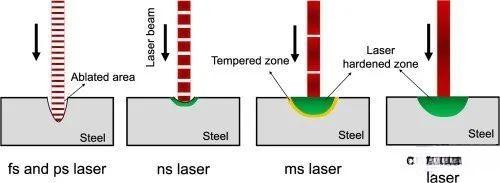The wavelength of the laser is directly related to the classification of the laser. First, look at the wavelength of the laser:
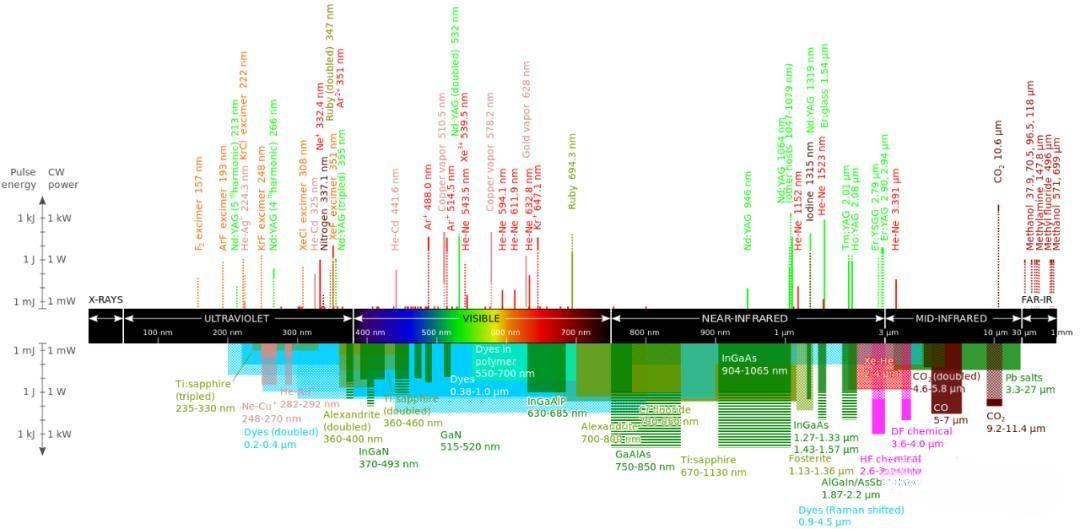
Different laser types are shown above the wavelength bars and laser light that can be emitted in the wavelength range below. The height of the line represents the commercially available maximum power / pulse energy, while the color encodes the type of laser material). Most of the data comes from Weber's Laser Length Manual, Weber's book Handbook of laser wavelengths.There are many methods of laser classification, which can be divided into several types: solid, gas, liquid, semiconductor, dye and optical fiber:
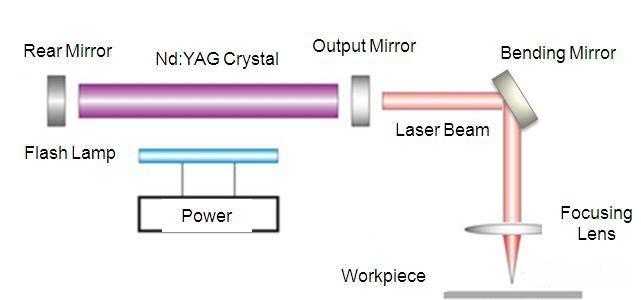
Solid-state laser (Solid state laser) is generally small and strong, with high pulse radiation power and a wide range of applications. Like: Nd: YAG laser. Nd (neodymium) is a rare earth element, YAG represents yttrium aluminum garnet, crystal structure similar to ruby. And Tm: YAG, Ho: YAG, Ho: YAG and so on.
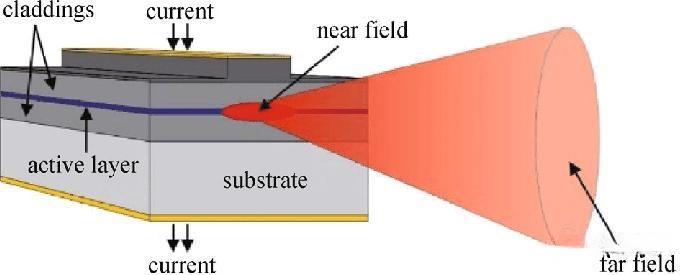
Semiconductor laser (Semiconductor laser) is small in size, light in weight, long in life and simple in structure, especially suitable for use in aircraft, warships, vehicles and spaceships.Semiconductor laser can change the wavelength of laser through the external electric field, magnetic field, temperature and pressure, and can directly convert electric energy into laser energy, so it develops rapidly.
A gas laser (Gas laser) is a laser in which the gas releases a current current to produce coherent light. Monochromy property and coherence are good, laser wavelength can reach thousands of kinds, widely used. The gas laser is simple in structure, low in cost and easy to operate. It is widely used in industry and agriculture, medicine, precision measurement, holographic technology and other aspects. Gas laser has electric energy, heat energy, chemical energy, light energy, nuclear energy and other excitation methods.
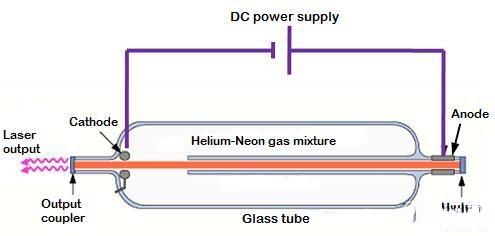
The dye laser (Dye laser), a working substance, was introduced in 1966 and is widely used in various scientific research fields. About 500 dyes have now been found that can produce lasers. These dyes can be soluble in alcohol, benzene, acetone, water, or other solutions. They can also be contained in organic plastic in solid or sublimated to steam in gaseous form. So a dye laser is also called a "liquid laser". The prominent feature of the dye laser is the wavelength continuous tunability. Fuel lasers are diverse, inexpensive and efficient, with output power comparable to gas and solid lasers for spectroscopy, photochemistry, medical and agriculture.
Chemical lasers (Chemical Laser) Some chemical reactions produce enough energetic atoms to release large amounts of energy that can be used to produce laser action. This is mainly for weapons applications. Hydrogen fluoride lasers, for example, can provide continuous output power in the megawatt range.
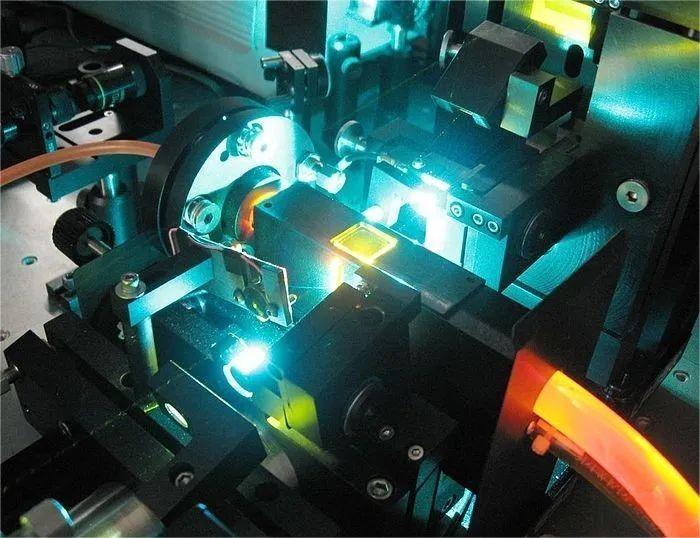
Free electron lasers (Free electron laser) These lasers are more suitable than other types of radiation with high power. Its working mechanism is different, it obtains tens of millions of volt of high-energy adjustment electron beam from the accelerator, through the periodic magnetic field, forming the energy levels of different energy states, producing stimulated radiation.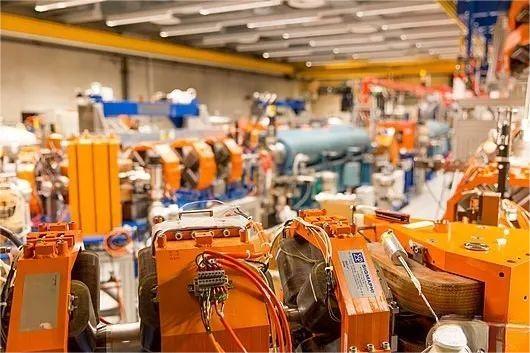
Qucimer laser (Excimer laser, in fact, also belongs to one of the gas laser) is a kind of ultraviolet gas laser, in the excited state of the noble gas and another gas (inert gas or halogen) combined mixed gas molecules, the laser generated by the transition, called excimer laser.excimer laser belongs to low energy laser with no thermal effect. It is a pulse laser with strong direction, high wavelength purity and high output power. The photon energy wavelength range is 157-353 nm, and the pulse time is tens of nanoseconds, which belongs to ultraviolet light. The most common wavelengths are 157 nm, 193 nm, 248 nm, 308 nm, and 351 – 353 nm.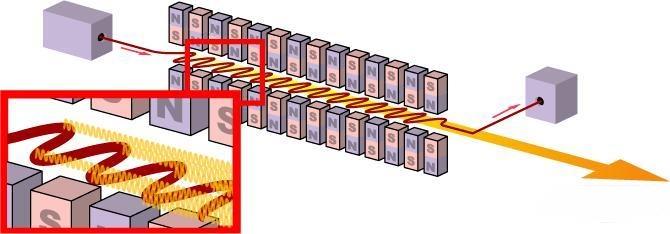
The optical fiber laser (Fiber laser) uses the gain medium (rare earth elements) in the optical fiber to provide the amplification of the optical signal. Fiber lasers come in single-end pump and two-end pump, the latter can achieve higher output power. Coherent synthesis technology, also under development can further expand the output power.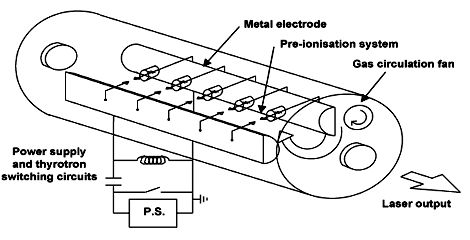
From the continuity, there are continuous laser (Continuous laser) and pulsed laser (Pulsed laser and Ultrashort pulsed laser), pulsed laser: nanosecond (10e-6Seconds), picosecond (10e-9Seconds), and the femtosecond (10e-12Seconds) or even in seconds (10e-15Seconds) laser.Continuous laser, longer pulse laser and ultra-short pulse laser, also acting on the target surface, the thermal effect vary greatly.
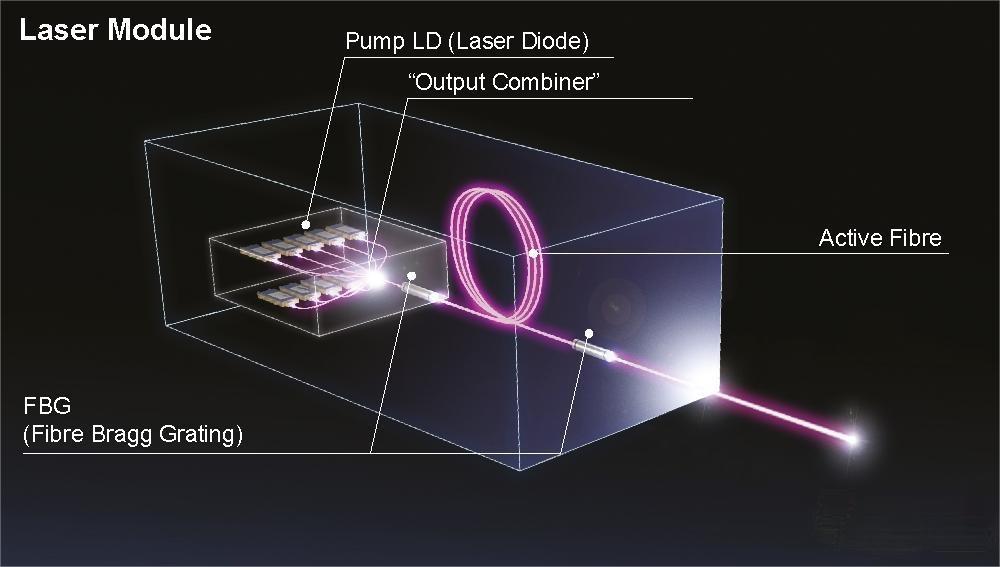
There are many other types of lasers, including the Raman laser (Raman laser), the metal steam laser (Metal-vapor lasers), and so on. There will also be many niche technologies for different applications. As the foundation of industry 4.0, laser will have more and more as, welcome everyone to discuss, exchange, progress together.
